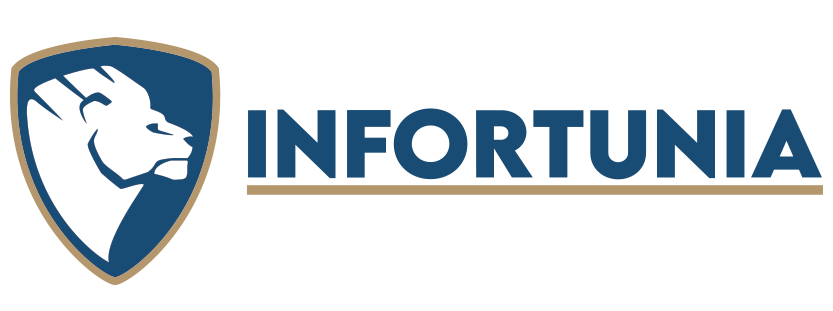Classical mechanics, the subset of physics that deals with often the motion of macroscopic objects under the influence of forces, encompasses a broad variety of concepts, principles, and equations that form the foundation regarding classical physics. From Newton’s laws of motion in order to principles of energy and energy conservation, classical mechanics comes with a framework for understanding the behaviour of physical systems in everyday life and engineering software. In this article, we present an all-inclusive glossary of key terms throughout classical mechanics, aimed at college students and researchers seeking a new deeper understanding of this regular branch of physics.
Acceleration: Raising of change of acceleration with respect to time. It is a vector quantity that indicates how quickly an object’s velocity is actually changing and in what direction.
Angular Momentum: A way of measuring rotational motion, defined as this product of an object’s moment associated with inertia and its angular velocity. Angular momentum is kept in the absence of external torques.
Dynamics: The branch of common mechanics that deals with the particular forces acting on objects and their effect on motion. It features concepts such as Newton’s laws and regulations of motion and the equations of motion.
Force: A vector quantity that causes a subject to change its velocity. It truly is defined as the product of large and acceleration and is assessed in units of Newtons (N).
Friction: A force that opposes the relative motion or tendency regarding motion between two floors in contact. It arises because of the interactions between atoms and molecules at the surfaces.
Impulse: The product of force and the time interval click this over here now over which the idea acts. It is equal to the change in momentum of an thing and is measured in products of Newton-seconds (Ns).
Inertia: The tendency of an object to help resist changes in its state of motion. It is related to the object’s mass and it is described by Newton’s 1st law of motion.
Kinematics: The branch of classical mechanics that deals with the description of motion without considering the actual forces causing it. It includes concepts such as position, pace, and acceleration.
Kinetic Power: The energy associated with the motion of object. It is defined as one-half the mass times the particular square of the velocity which is measured in units connected with Joules (J).
Momentum: The product or service of an object’s mass along with velocity. It is a vector amount that represents the quantity of action of an object and is conserved in isolated systems.
Newton’s Laws of Motion: About three fundamental principles that explain the relationship between the motion associated with an object and the forces functioning on it. They form the cornerstone of classical mechanics.
Likely Energy: The energy associated with the situation or configuration of an object in a force field. It truly is defined as the work done by old-fashioned forces in moving the item from one position to another and is measured in units connected with Joules (J).
Projectile Motion: The motion of an subject launched into the air in addition to subject only to the power of gravity and air resistance. It follows any curved path known as a flight.
Work: The product of push and the displacement of an thing in the direction of the force. That represents the transfer of energy from one system to another and is particularly measured in units involving Joules (J).
These important terms in classical mechanics supply a foundation for understanding the behavior of physical systems and also phenomena in everyday life, architectural, and scientific research. Simply by familiarizing themselves with these principles and principles, students and also researchers can develop a deeper understanding of classical mechanics and its particular applications in various fields. Whether or not studying the motion regarding celestial bodies, designing devices and structures, or inspecting the behavior of materials, a strong grasp of classical mechanics is essential for advancing each of our understanding of the physical globe and solving complex issues in science and anatomist.
